“I’d like to begin by thanking President Obama for coming here this morning, and for his vision, guidance and leadership as this Department went through the intensive review we undertook to develop the new strategic guidance we are releasing today.
“This guidance recognizes that this country is at a strategic turning point after a decade of war and large increases in defense spending. As the President mentioned, the U.S. military’s mission in Iraq has now ended, continued progress in Afghanistan is enabling a transition to Afghan security responsibility, the NATO effort in Libya has concluded with the fall of Qaddafi, targeted counterterrorism efforts have significantly weakened al Qaeda and decimated its leadership, and now as these events are occurring, the Congress has mandated that we achieve significant defense savings.
“But even as our large-scale military campaigns recede, the United States still faces a complex and growing array of security challenges across the globe, challenges that call for a reshaping of America’s defense priorities, focusing on the continuing threat of violent extremism, proliferation of lethal weapons and materials, the destabilizing behavior of Iran and North Korea, the rise of new powers across Asia, and the dramatic changes in the Middle East.
“All of this comes at a time when America confronts a serious deficit and debt problem which is itself a national security risk that is squeezing both the defense and domestic budgets. Even facing these considerable pressures, including the requirement of the Budget Control Act to reduce defense spending by $487 billion over 10 years, I do not believe that we must choose between national security and fiscal responsibility. The Department of Defense will play its part in helping the nation put its fiscal house in order.
“But the President has made clear, and I have made clear, that the savings we have been mandated to achieve must be driven by strategy and rigorous analysis, not by the numbers alone.
“Consequently, over the past few months, we have conducted an intensive review to guide defense priorities and spending over the coming decade, in light of strategic guidance from the President and the recommendations of this Department’s senior military and civilian leadership. This process has enabled us to assess risk, set priorities, and make hard choices. Let me be clear, this Department would need to make a strategic shift regardless of the nation’s fiscal situation. That is the reality of the world we live in.
“As difficult as it may be to achieve the mandated defense savings, this has also given us in the Department of Defense the opportunity to reshape our defense strategy and force structure to more effectively meet the challenges of the future, deter aggression, shape the security environment and decisively prevail in any conflict.
“From the beginning, I set out to ensure that this strategy review was inclusive. Chairman Dempsey and I met frequently with Departmental leaders, including my Under Secretaries, the Service Chiefs, Service Secretaries, Combatant Commanders and senior enlisted advisors. We’ve discussed this strategy and its implications with the President, with members of Congress, and with outside experts.
“Four overarching principles have guided our deliberations:
- First, we must maintain the world’s finest military, one that supports and sustains the unique global leadership role of the United States;
- Second, we must avoid hollowing out the force– a smaller, ready, and well-equipped military is preferable to a larger, ill-prepared force that has been arbitrarily cut across-the- board;
- Third, savings must be achieved in a balanced manner with everything on the table, including politically sensitive areas that will likely provoke opposition from parts of Congress, industry, and advocacy groups;
- Fourth, we must preserve the quality of our All-Volunteer Force and not break faith with our men and women in uniform or their families.
“With these principles in mind, I will focus on some of the significant strategic choices and shifts that are being made. But first, let me be clear that the U.S. military will remain capable across the spectrum. We will continue to conduct a complex set of missions ranging from countering terrorism and weapons of mass destruction to maintaining a safe, secure and effective nuclear deterrent. We will be fully prepared to protect our interests, defend our homeland and support civil authorities.
“Our goal is to achieve this U.S. force for the future with the following significant changes:
“First, the U.S. joint force [notice no explanation of what the “joint” U.S. force is] will be smaller and leaner, but its great strength will be that it is more agile, flexible, ready to deploy, innovative and technologically advanced.
“Second, as we move towards this new joint force, we are also rebalancing our global posture and presence, emphasizing the Pacific and the Middle East — these are the areas where we see the greatest challenges for the future. The U.S. military will increase its institutional weight and focus on enhanced presence, power projection, and deterrence in Asia-Pacific. This region is growing in importance to the future of the United States economy and our national security. This means, for instance, improving capabilities that maintain our military’s technological edge and freedom of action.
“At the same time, the United States will place a premium on maintaining our military presence and capabilities in the broader Middle East. The United States and our partners must remain capable of deterring and defeating aggression while supporting political progress and reform.
“Third, the United States will continue to strengthen its key alliances, build partnerships and develop innovative ways to sustain U.S. presence elsewhere in the world.
“The long history of close political and military cooperation with our European allies and partners will be critical to addressing the challenges of the 21st century. We will invest in the shared capabilities and responsibilities of NATO, our most effective military alliance. The U.S. military’s force posture in Europe will of necessity continue to adapt and evolve to meet new challenges and opportunities, particularly in light of the security needs of the continent relative to emerging strategic priorities elsewhere. We are committed to sustaining a presence that will meet Article 5 commitments, deter aggression, and the U.S. military will work closely with our allies to allow for the kinds of coalition operations NATO has undertaken in Libya and Afghanistan.
“In Latin America, Africa and elsewhere in the world, we will use innovative methods to sustain U.S. presence, maintaining key military-to-military relations and pursuing new security partnerships as needed. Whenever possible, we will develop low-cost and small-footprint approaches to achieve our security objectives, emphasizing rotational deployments and exercises, and other innovative approaches that maintain presence.
“Fourth, as we shift the size and composition of our ground, air, and naval forces, we must be capable of successfully confronting and defeating any aggressor and respond to the changing nature of warfare.
“Our strategy review concluded that the United States must have the capability to fight in several conflicts at the same time. We are not confronting the threats of the past. We are confronting the threats of the 21st century and that demands greater flexibility to shift and deploy forces to fight and defeat any enemy anywhere. How we defeat that enemy may vary across conflicts. But make no mistake — we will have the capability to confront and defeat more than one adversary at a time.
“As a global force, our military will never be doing only one thing — it will be responsible for a range of missions and activities across the globe of varying scope, duration, and strategic priority. This will place a premium on flexible and adaptable forces that can respond quickly and effectively to a variety of contingencies and potential adversaries.
“In addition to these forces, the United States will emphasize building the capacity of partners and allies to more effectively defend their own territory and interests through better use of diplomacy, development and security force assistance.
“In accordance with this construct and with the end of U.S. military commitments in Iraq, and the drawdown already underway in Afghanistan, the Army and Marine Corps will no longer need to be sized to support the large scale, long-term stability operations that dominated military priorities and force generation over the past decade.
“Lastly, as we reduce the overall defense budget, we will protect our investments in special operations forces, new technologies like ISR and unmanned systems, space and cyberspace capabilities and our capacity to quickly mobilize. These investments will help the military retain and continue to refine and institutionalize the expertise and capabilities that have been gained at such great cost over the last decade.
“Most importantly, we will structure and pace the reductions in the nation’s ground forces in such a way that they can surge, regenerate, and mobilize capabilities needed for any contingency. Building in reversibility and the ability to quickly mobilize will be key. That means reexamining the mix of elements in the active and reserve components, maintaining a strong National Guard and Reserve, retaining a healthy cadre of experienced NCOs and midgrade officers, and preserving the health and viability of the nation’s defense industrial base.
“This strategic guidance is a first step in this Department’s goal to build the Joint Force of 2020, a force sized and shaped differently than the military of the Cold War, the post-Cold War force of the 1990s, or the force built over the past decade to engage in large-scale ground wars.
“This strategy and vision will guide the more specific budget decisions that will be finalized and announced in the coming weeks as part of the President’s budget. In some cases we will be reducing capabilities no longer of top priority. In other cases we will invest in new capabilities to maintain a decisive military edge against a growing array of threats.
“There is no question that we have to make some tradeoffs, and that we will be taking on some level of additional but acceptable risk in the budget plan we release next month. These were not easy choices.
“We will continue aggressive efforts to weed out waste and reduce overhead, reform business practices, and consolidate duplicative operations. But budget reductions of this magnitude will inevitably impact the size and capabilities of our military. And as I’ve said before, true national security cannot be achieved through a strong military alone — it requires strong diplomatic, development, and intelligence efforts and, above all, it requires a strong economy, fiscal discipline and effective government.
“The capability, readiness and agility of the force will not be sustained if Congress fails to do its duty and the military is forced to accept far deeper cuts, in particular the arbitrary, across-the-board cuts currently scheduled to take effect in January of 2013 through the mechanism of sequester. That would force us to shed missions, commitments, and capabilities necessary to protect core U.S. national security interests, resulting in a demoralized and hollow force.
“And finally, I’d also like to address our men and women in uniform, and the civilian employees who support them, whom I know have been watching the budget debates here in Washington with concern about what it means for them and their families. You have done everything the country has asked you to do, and more.
“You have put your lives on the line, and fought to make our country safer and stronger. I believe this strategic guidance honors your sacrifices and strengthens the country by building a force equipped for the future. I have no higher responsibility than fighting to protect you and your families, just as you have fought and bled to protect our country.
“There is no doubt that the fiscal situation this country faces is difficult, and in many ways we are at a crisis point. But I believe that in every crisis, there is opportunity. Out of this crisis, we have the opportunity to end the old ways of doing business and build a modern force for the 21st century that can win today’s wars and successfully confront any enemy, and respond to any challenge of the future. Our responsibility is to protect the nation’s security and keep America safe. With this joint force [again, no clear explanation of “joint force”], I am confident we can effectively defend the United States of America.
“Thank you.”-Leon Panetta, Secretary of Defense for the United States

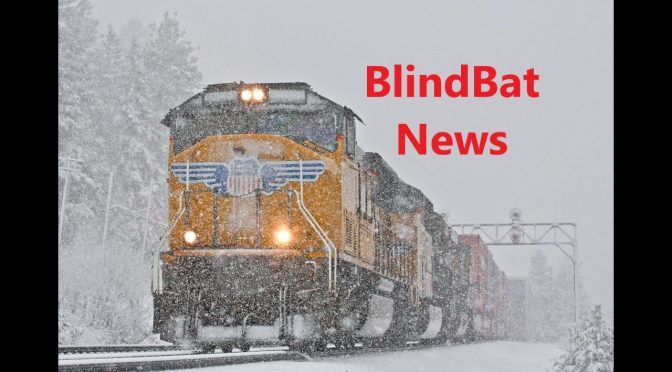
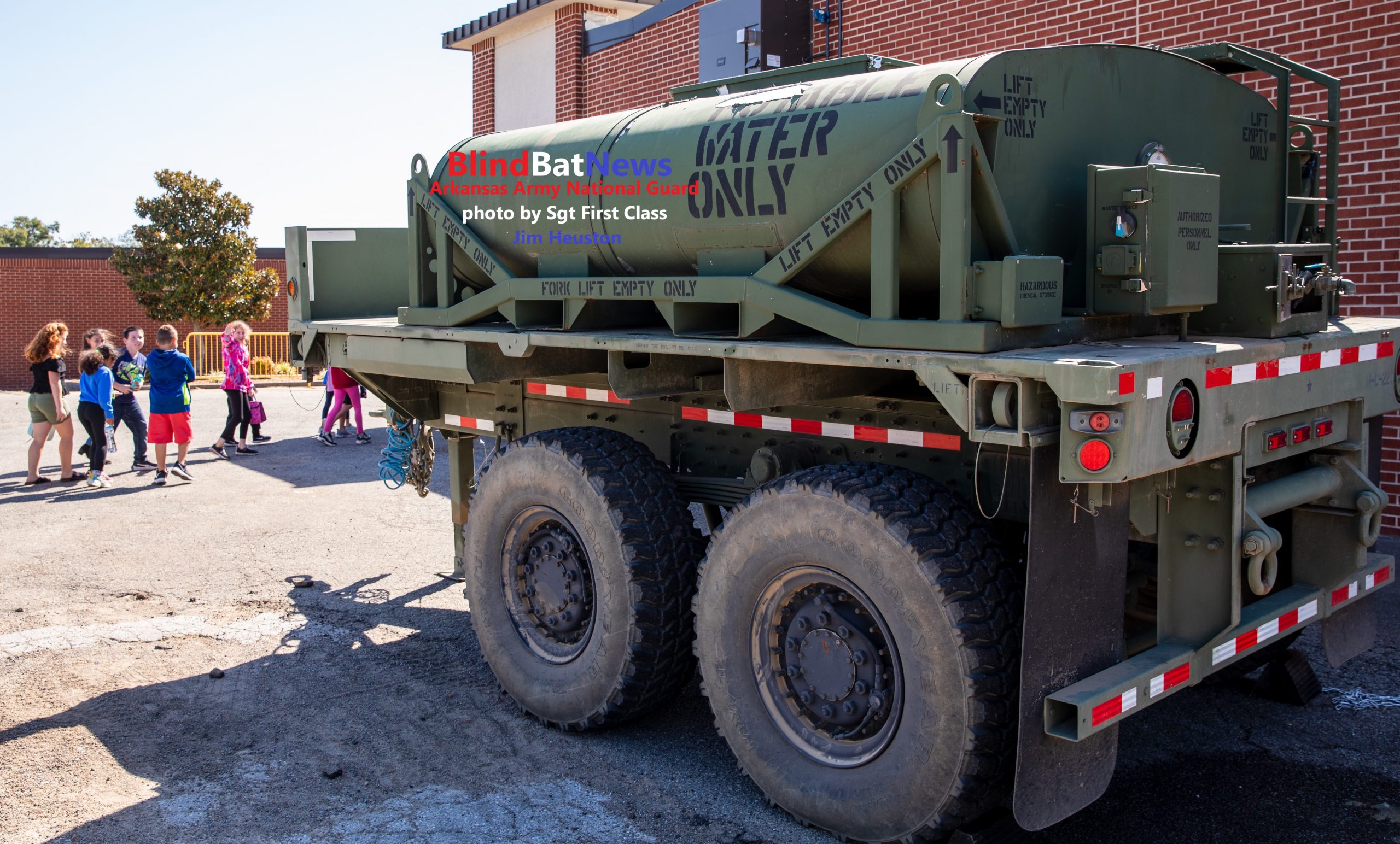
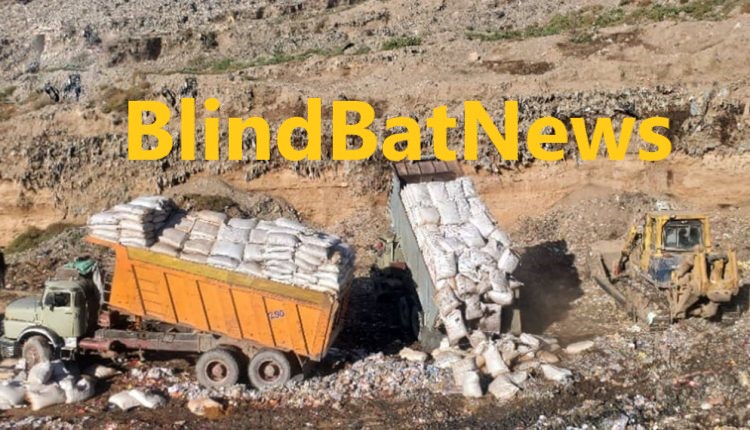
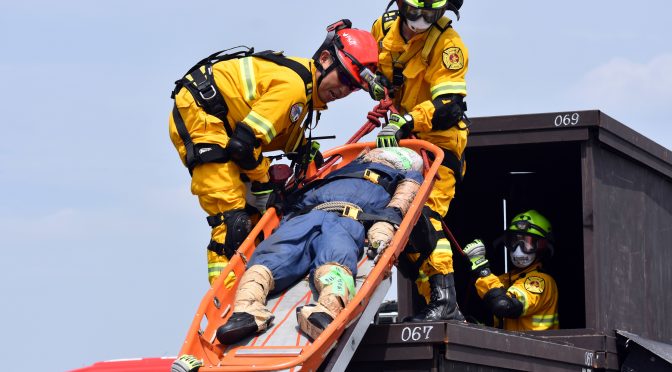
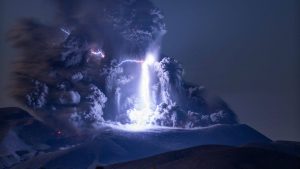
 At Naval Air Weapons Station China Lake, U.S. Navy SeaBees were recognized for their efforts to help with recovery after the July earthquakes.
At Naval Air Weapons Station China Lake, U.S. Navy SeaBees were recognized for their efforts to help with recovery after the July earthquakes. In San Diego, the U.S. Navy conducted exercise Citadel Rumble, enlisting the help of Amateur Radio Emergency Service to test emergency radio communications between USN hospitals during natural disasters.
In San Diego, the U.S. Navy conducted exercise Citadel Rumble, enlisting the help of Amateur Radio Emergency Service to test emergency radio communications between USN hospitals during natural disasters.